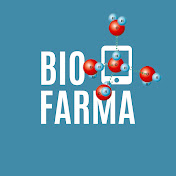Early spontaneous breathing for acute respiratory distress syndrome in individuals with COVID‐19
Friedrich Hohmann***Lisa Wedekind***Felicitas Grundeis***Steffen Dickel***Johannes Frank***Martin Golinski***Mirko Griesel***Clemens Grimm***Cindy Herchenhahn***Andre Kramer***Maria-Inti Metzendorf***Onnen Moerer***Nancy Olbrich***Volker Thieme***Astrid Vieler***Falk Fichtner***Jacob Burns*!*Sven Laudi
Abstract
Acute respiratory distress syndrome (ARDS) represents the most severe course of COVID‐19 (caused by the SARS‐CoV‐2 virus), usually resulting in a prolonged stay in an intensive care unit (ICU) and high mortality rates. Despite the fact that most affected individuals need invasive mechanical ventilation (IMV), evidence on specific ventilation strategies for ARDS caused by COVID‐19 is scarce. Spontaneous breathing during IMV is part of a therapeutic concept comprising light levels of sedation and the avoidance of neuromuscular blocking agents (NMBA). This approach is potentially associated with both advantages (e.g. a preserved diaphragmatic motility and an optimised ventilation‐perfusion ratio of the ventilated lung), as well as risks (e.g. a higher rate of ventilator‐induced lung injury or a worsening of pulmonary oedema due to increases in transpulmonary pressure). As a consequence, spontaneous breathing in people with COVID‐19‐ARDS who are receiving IMV is subject to an ongoing debate amongst intensivists.
References
Cochrane Database of Systematic Reviews Review - Diagnostic

